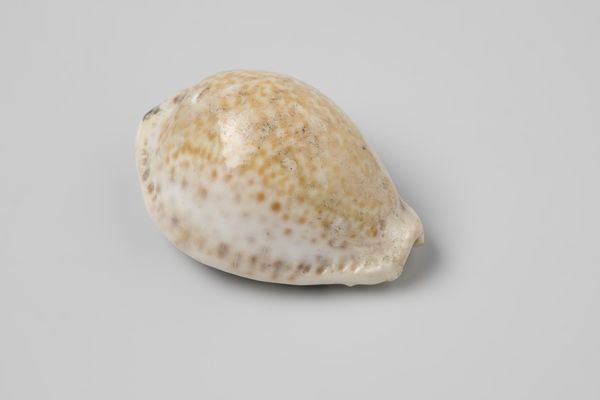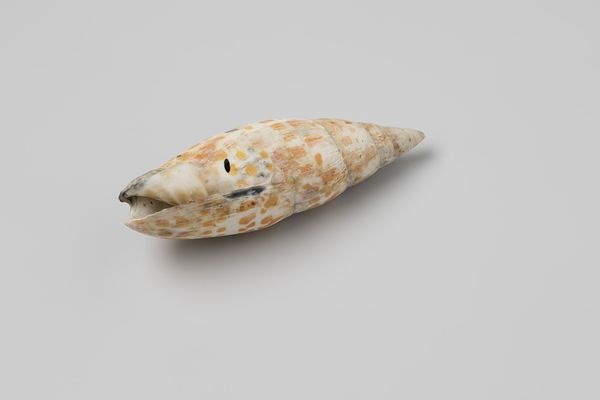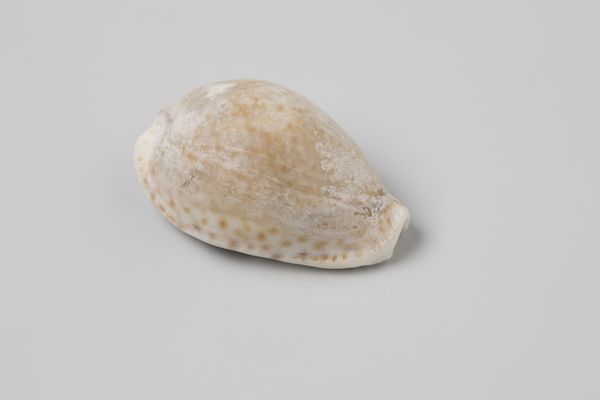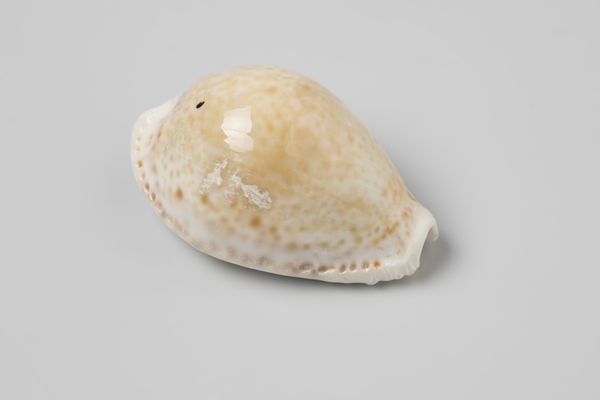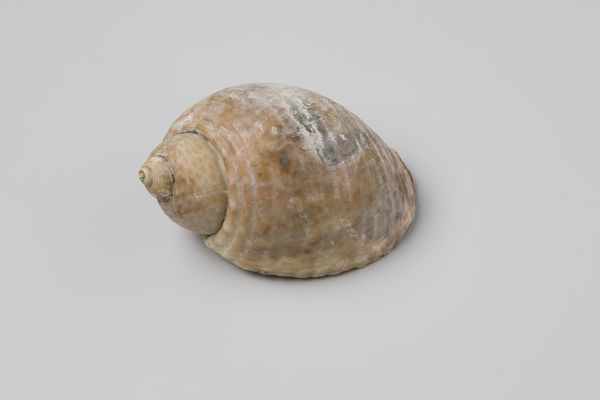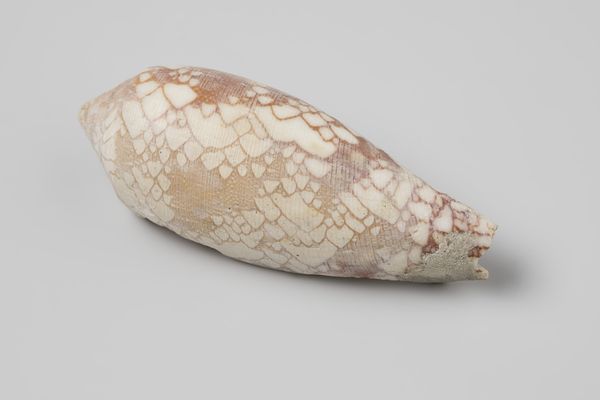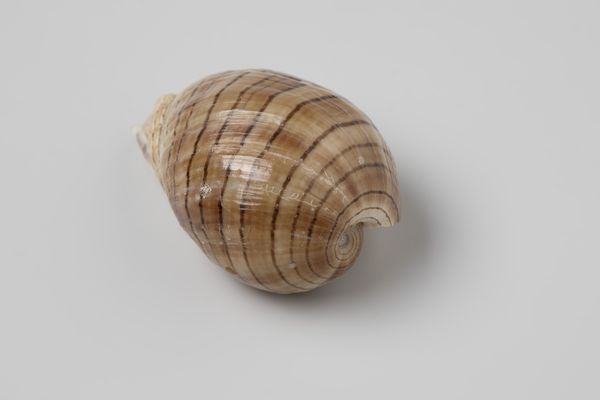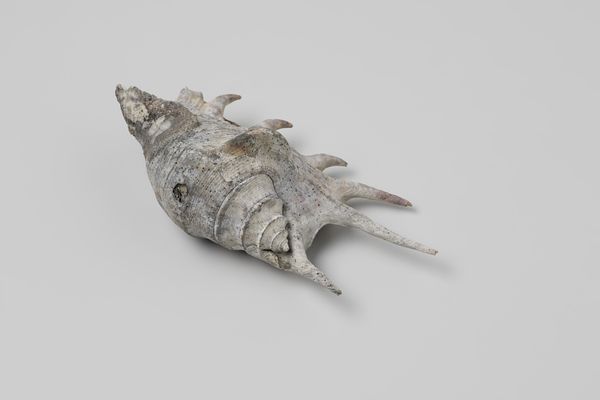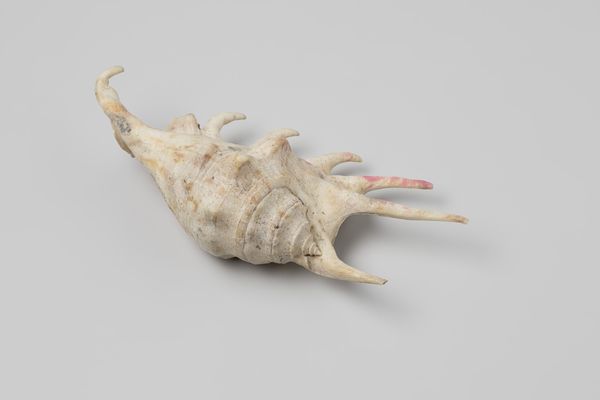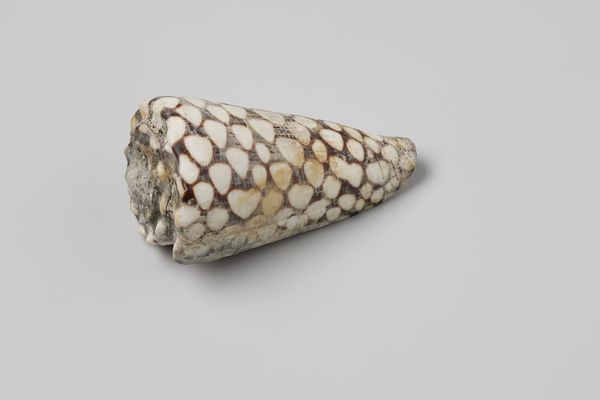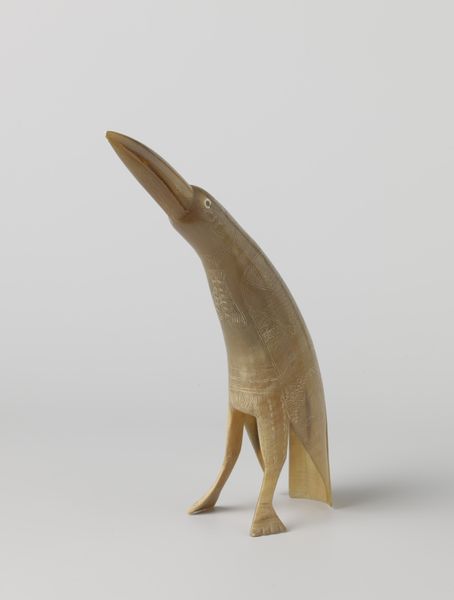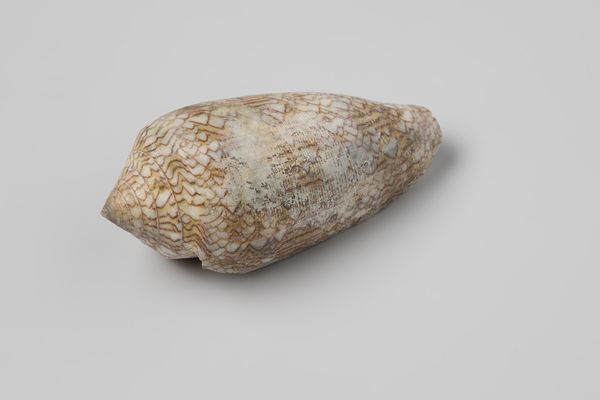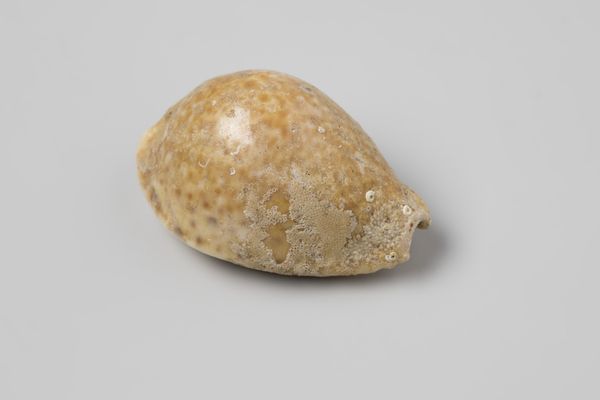
Colubraria cumingii shell from the wreck of the Dutch East India ship Witte Leeuw before 1613
0:00
0:00
photography
#
organic
#
photography
#
ancient-mediterranean
#
realism
Dimensions: length 4.8 cm, width 1.6 cm, height 1.4 cm
Copyright: Rijks Museum: Open Domain
This is a Colubraria cumingii shell from the wreck of the Dutch East India ship Witte Leeuw. Consider the journey of this shell from the ocean floor to a Dutch trading vessel. This unassuming object tells a complex story of global trade, colonial expansion and the human cost of exploration in the 17th century. Think about the Witte Leeuw, a ship laden with spices, textiles, and other precious commodities, sinking off the coast of St. Helena in 1613 after an attack by the Portuguese. This shell, once a living creature's home, became a silent witness to a moment of intense colonial conflict. It now serves as a stark reminder of the ambitions, rivalries, and struggles that defined this era. What does it mean to hold a piece of history that connects natural beauty with human drama? This shell invites us to reflect on the interconnectedness of our world, then and now.
Comments
No comments
Be the first to comment and join the conversation on the ultimate creative platform.
